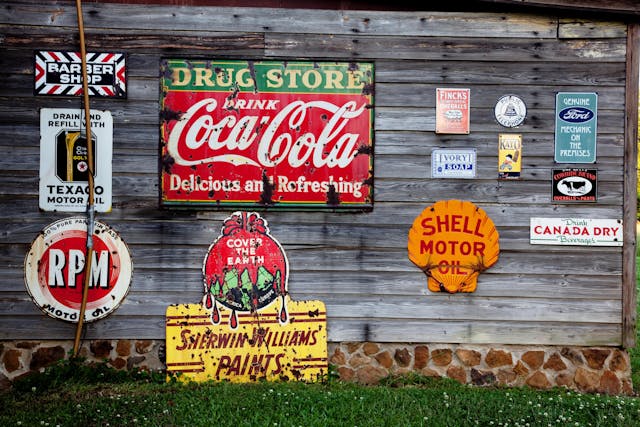Welcome to Best Printing NYC – Automation Graphics.
We are a full service printing company providing high quality digital and offset printing, copying, desktop publishing, graphic design, and promotional products. We also offer a wide array of office supply products and cutting edge office organization solutions.
We Guarantee you the highest customer experience and the lowest prices. We are your full service printer for any job you have. No job is too big or too small. See our Commercial printing page for an overview of the many types of printing we do. We are simply the best printer in NYC. Call today for a quote or any other questions you may have. Once you work with us you will never want to use another printer. We’ve been in this business since 1956. We have the experience that no other printer in NYC can match.
We specialize in fast, custom, short run, on-demand digital printing solutions including large format and wide format poster and banner printing, and Commercial Offset Printing. When compared to our competition, we print faster, cheaper and better!
We can print on demand digital printing for any job, large or small. We print traditional offset printing for large run jobs or oversized printing.
We have extensive experience in corporate printing including annual reports and multiple materials for business and corporate events.
We have significant experience in working with small businesses to find printing solutions that are affordable, fast and effective. We proved custom printing solutions that meet any size company and any budget.
With over 50 years experience, no matter what your concerns we have most likely experienced similar client request in the past. We have the experience to make sure all of our jobs go well without any unexpected delays or errors. In addition, we have kept up with changing technology. Being a successful company for so long has enabled us to reinvest profits into upgrades in our machinery and technology throughout the years and kept us at the forefront of digital printing technology. Believe us, technology has improved rapidly in the printing industry and we have been the leaders in early adaptation of new machines. Money well spent in our opinion!
With our advance printers we are able to provide short run digital printing in no time. We can fulfill any size job, budget and timeframe. This includes banners, large format prints, posters, brochures, bi-fold & tri-fold, black and white copies, color copies, invitations and just about any other jobs you can think of.
We are also able to meet any requirement for long run offset printing. We can print large quantities of anything, annual reports, catalogs, posters, mailings, postcards, booklets, and any other type of mass printed materials. No job is too big. We will deliver your job on time and for an affordable price. It’s no wonder we have been printing for large corporations and investment banks for over 50 years.
Call our knowledgeable staff today to get started with the best printing in NYC. We have the experience to answer all of your questions, match all of your concerns and facilitate your job start to finish.

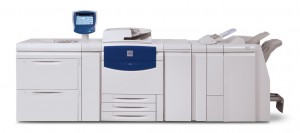
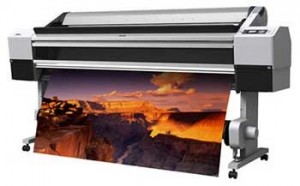
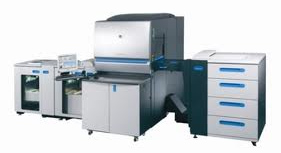
 In this blog post, we’ll explore the key principles of eco-friendly printing for modern businesses, how it supports your business goals, and what sustainable printing practices you can implement today. As environmental consciousness becomes a central focus for consumers and companies alike, businesses are re-evaluating their operations to reduce their carbon footprint — and printing is no exception. Eco-friendly printing offers an opportunity for companies to align with sustainability values while still producing high-quality marketing and operational materials. Whether you’re printing brochures, packaging, or promotional materials, adopting green printing practices can benefit your brand, your budget, and the planet.
In this blog post, we’ll explore the key principles of eco-friendly printing for modern businesses, how it supports your business goals, and what sustainable printing practices you can implement today. As environmental consciousness becomes a central focus for consumers and companies alike, businesses are re-evaluating their operations to reduce their carbon footprint — and printing is no exception. Eco-friendly printing offers an opportunity for companies to align with sustainability values while still producing high-quality marketing and operational materials. Whether you’re printing brochures, packaging, or promotional materials, adopting green printing practices can benefit your brand, your budget, and the planet.
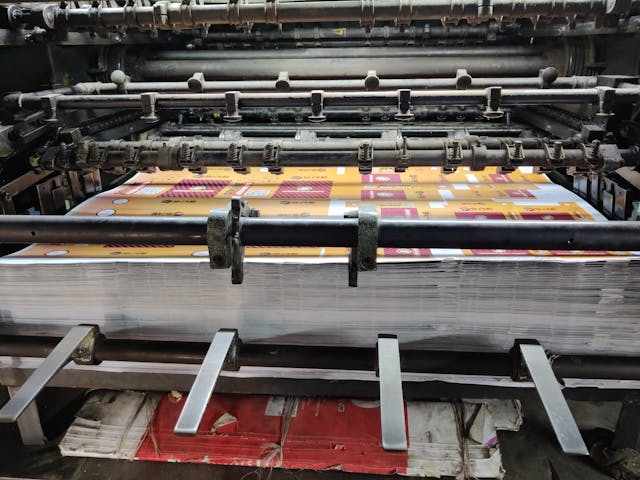
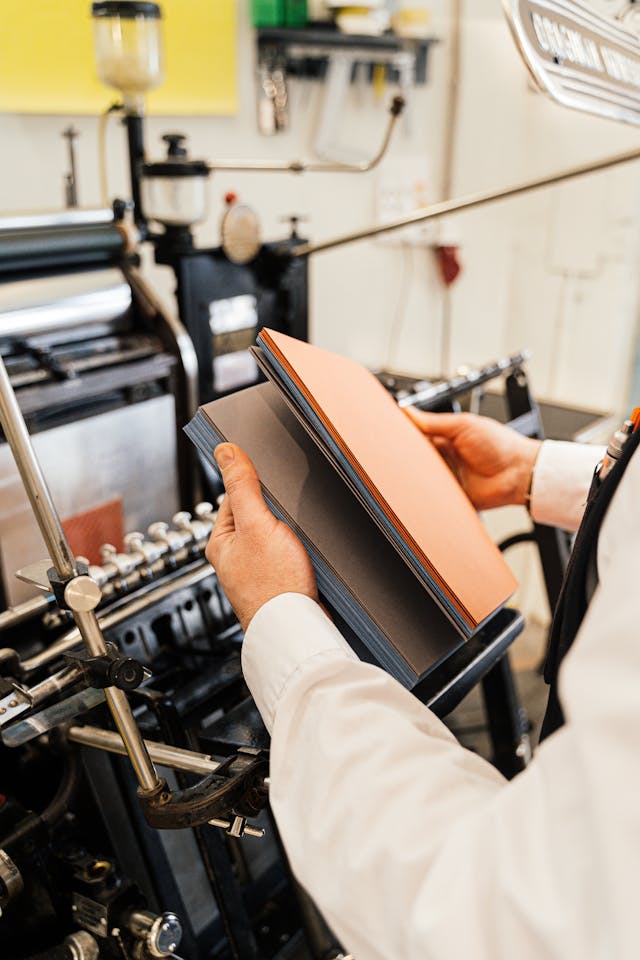 At
At 

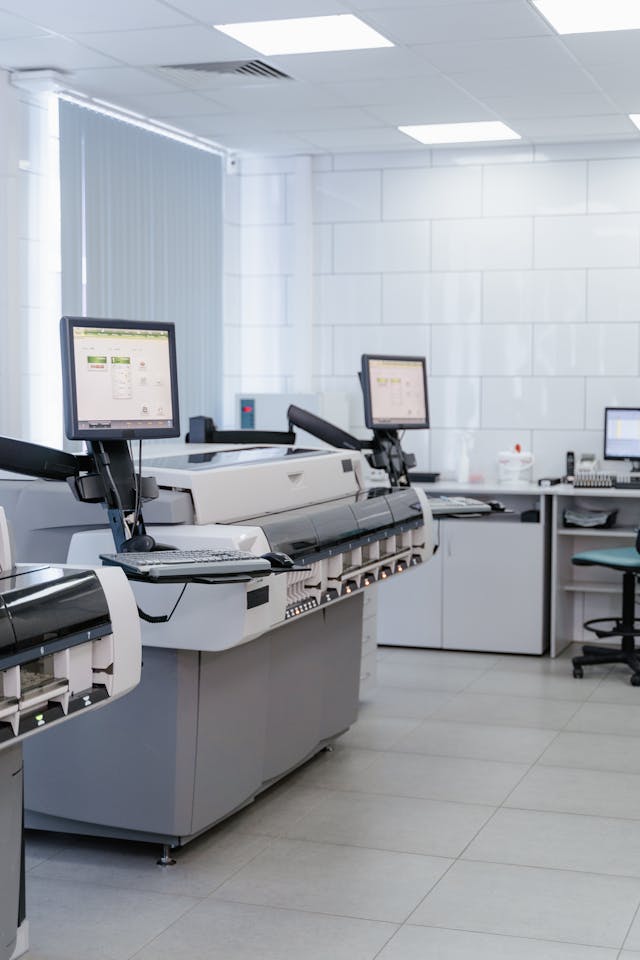 Popular Digital Printing Applications for Small Businesses
Popular Digital Printing Applications for Small Businesses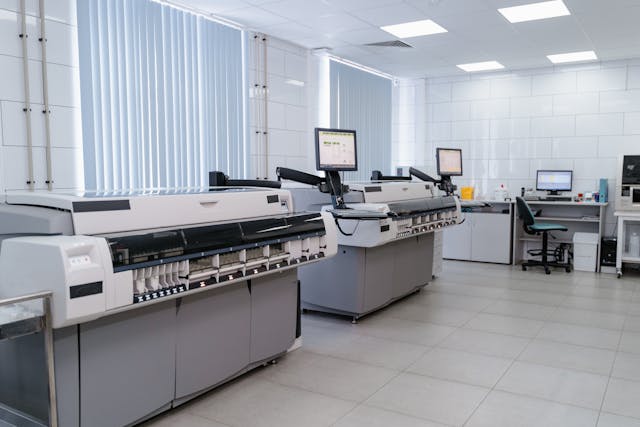
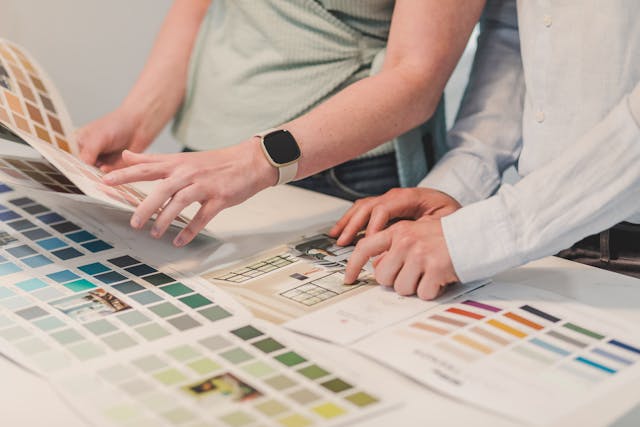
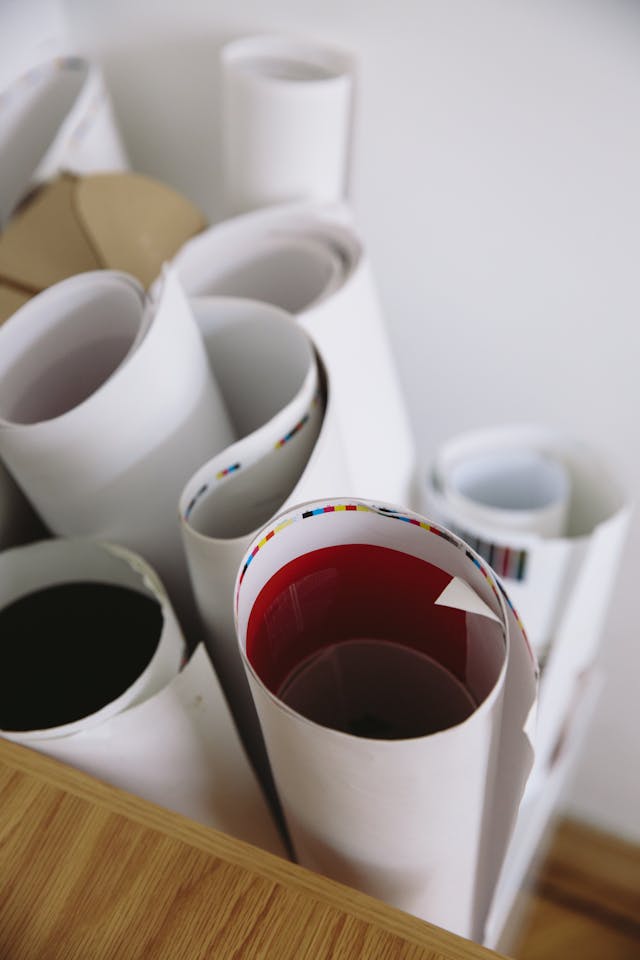 In this blog, we will explore the benefits of eco-friendly printing and how it can positively impact both the environment and your business. Eco-friendly printing is an increasingly popular choice for businesses and individuals alike. With a growing awareness of environmental issues, more people are looking for ways to reduce their carbon footprint, and printing is one area where significant improvements can be made.
In this blog, we will explore the benefits of eco-friendly printing and how it can positively impact both the environment and your business. Eco-friendly printing is an increasingly popular choice for businesses and individuals alike. With a growing awareness of environmental issues, more people are looking for ways to reduce their carbon footprint, and printing is one area where significant improvements can be made.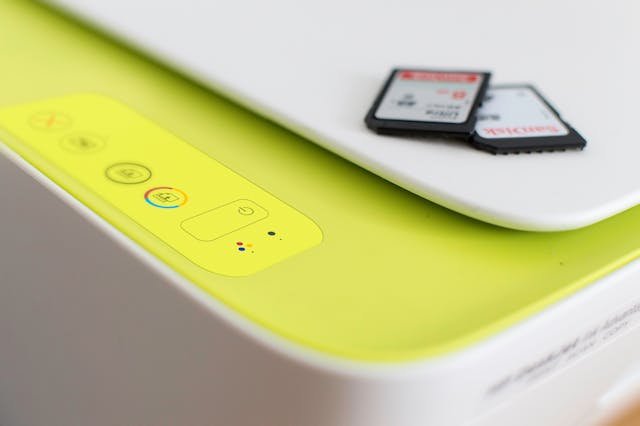
 Properly configuring your print settings is crucial for achieving the best results. Here are some common settings to consider:
Properly configuring your print settings is crucial for achieving the best results. Here are some common settings to consider: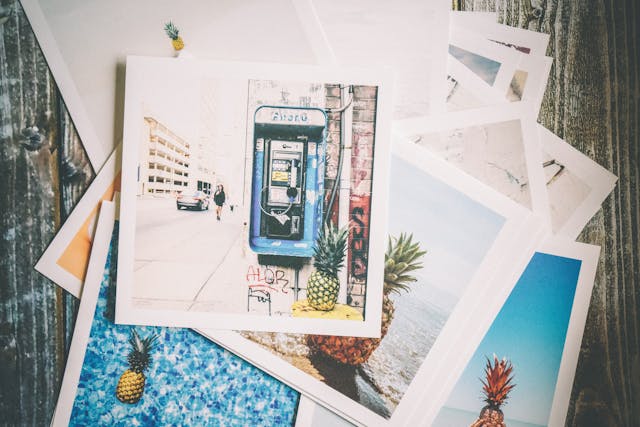
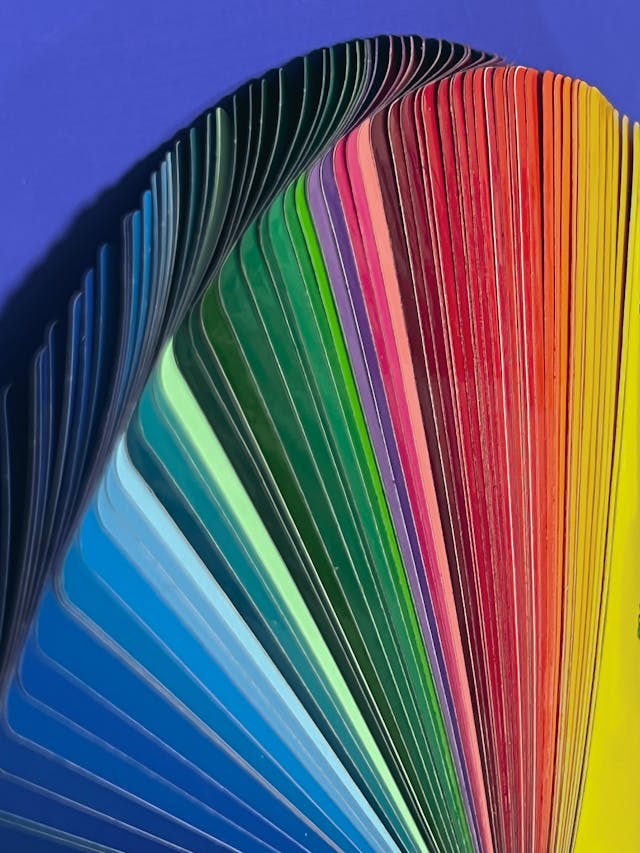 While cost shouldn’t be the only factor in your decision, it’s important to compare pricing among different providers. Request detailed quotes from several printing services and compare them based on:
While cost shouldn’t be the only factor in your decision, it’s important to compare pricing among different providers. Request detailed quotes from several printing services and compare them based on: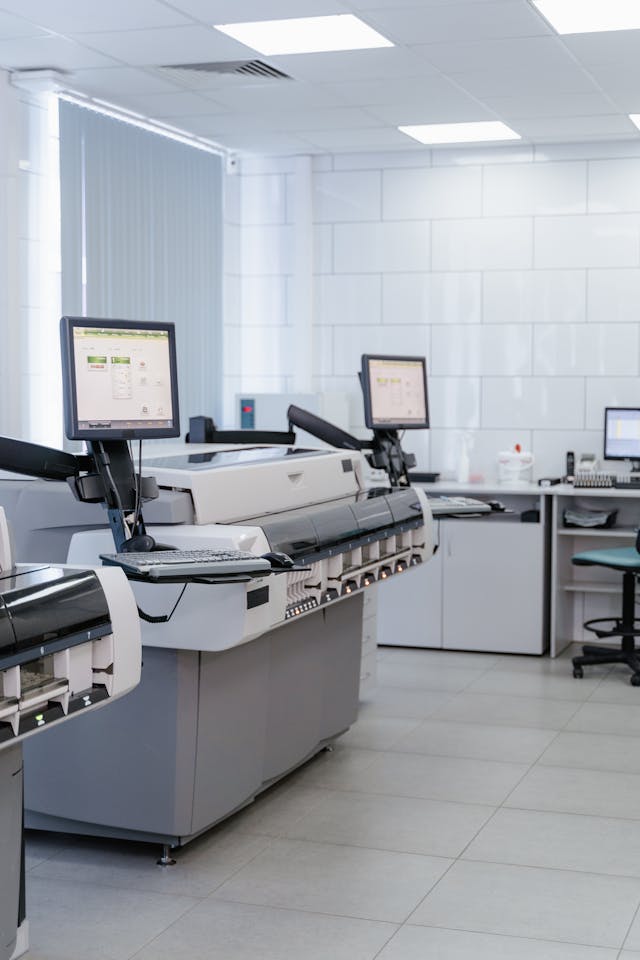 What does the future of the printing industry hold? The printing industry has undergone significant transformations over the past few decades, adapting to technological advancements and changing consumer preferences. As we move further into the digital age, the future of the printing industry continues to evolve with new trends and innovations. In this blog, we’ll explore some of the key developments shaping the future of the printing industry and what they mean for businesses and consumers alike.
What does the future of the printing industry hold? The printing industry has undergone significant transformations over the past few decades, adapting to technological advancements and changing consumer preferences. As we move further into the digital age, the future of the printing industry continues to evolve with new trends and innovations. In this blog, we’ll explore some of the key developments shaping the future of the printing industry and what they mean for businesses and consumers alike. Interactive Print Media
Interactive Print Media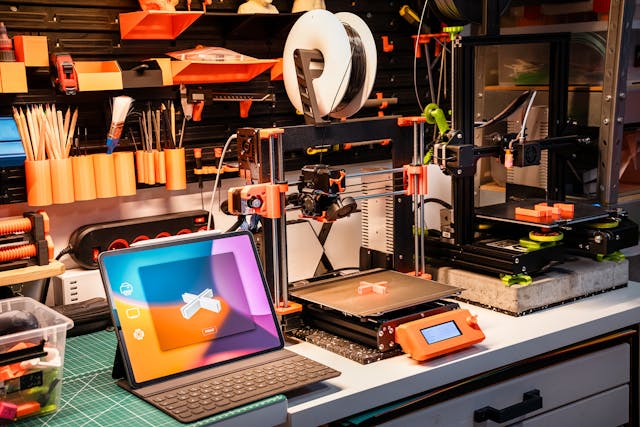
 What are the common printing mistakes and how can you avoid them for your printing project? Projects involving printing can be complex, and even small mistakes can lead to significant issues in the final product. Whether you’re printing brochures, business cards, posters, or any other materials, it’s essential to be aware of common printing mistakes and how to avoid them. In this blog, we’ll discuss some of the most frequent printing errors and provide tips on how to ensure your prints come out perfectly.
What are the common printing mistakes and how can you avoid them for your printing project? Projects involving printing can be complex, and even small mistakes can lead to significant issues in the final product. Whether you’re printing brochures, business cards, posters, or any other materials, it’s essential to be aware of common printing mistakes and how to avoid them. In this blog, we’ll discuss some of the most frequent printing errors and provide tips on how to ensure your prints come out perfectly.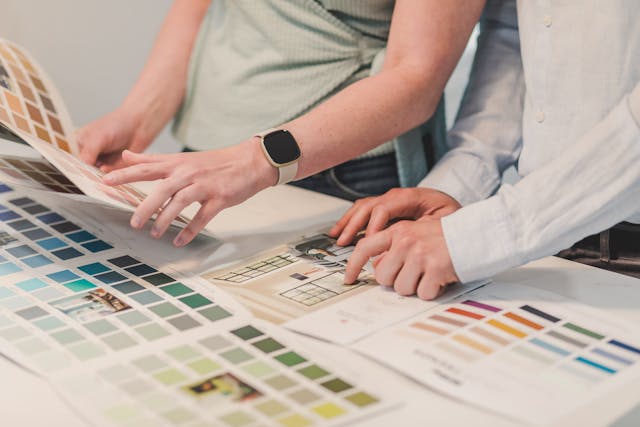
 Selecting the appropriate paper for your printing project is a critical step that can significantly impact the final product’s quality and appearance. Whether you’re printing brochures, business cards, posters, or invitations, the type of paper you choose will influence the look, feel, and durability of your printed materials. In this blog, we’ll guide you through the process of choosing the right paper for your printing project.
Selecting the appropriate paper for your printing project is a critical step that can significantly impact the final product’s quality and appearance. Whether you’re printing brochures, business cards, posters, or invitations, the type of paper you choose will influence the look, feel, and durability of your printed materials. In this blog, we’ll guide you through the process of choosing the right paper for your printing project.